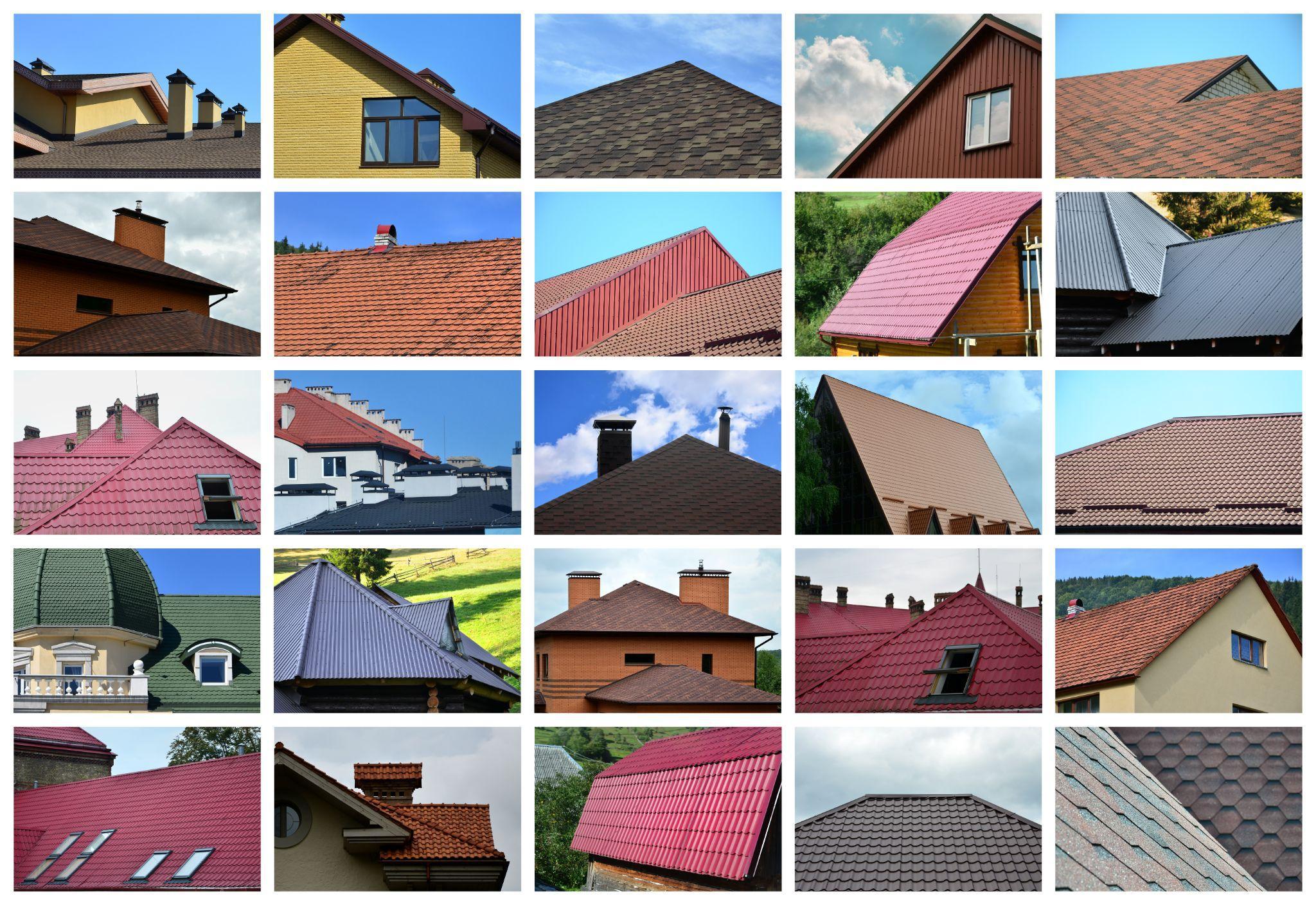The Most Common Roof Types in Australia
- Written by NewsServices.com

If you intend to buy or build your own house, you have probably thought about its design. One of the houses’ features you’ve deliberately focused on is the type of roof you want. With various options in the market, it’s important to consider the pros and cons of the most common roof types used in Australia before making that final decision.
Pros and Cons of Different Roof Types
Flat Roof
The pros of the flat roof include:
-
* Affordability. Compared to the other roof types, the flat roof is cheaper.
-
* It allows space for HVAC systems on the roof rather than on the ground. This comes in handy in terms of security.
-
* Easy and quick installation
The cons include:
-
* It takes longer to drain off water
-
* Not convenient in cold climates. Since it takes longer to drain off water and ice, the house is likely to get colder during the cold seasons
-
* If not properly maintained, plants and grass can grow and penetrate the roof
Skillion Roof
The pros of the skillion roof are:
-
* Due to its design, it allows for better water drainage and prevents water ponding or water that collects on the roof
-
* It allows homeowners to install other appliances like solar panels
-
* Easy to construct and install
-
* Longevity. Compared to flat roofs, they have a long lifespan.
The cons are:
-
* It’s prone to heavy winds destruction
-
* No attic spaces
Curved Roof
The pros of a curved roof are:
-
* They give a luxurious look to your home
-
* They are eco-friendly and help reduce CO2
-
* The owner can customise the roof
The cons are:
-
* It's expensive in terms of installation and materials used because of the structural design
-
* Can only be designed by professional architects
Gabled Roof
The pros of a gabled roof include:
-
* It’s cost-effective
-
* Provide good drainage for water and snow
-
* Low maintenance costs
The cons are:
-
* Not suitable for extreme weather conditions
-
* If not correctly installed, the roof may cave in
Hip Roof
The pros of the hip roof are:
-
* Its design is meant to withstand harsh weather conditions
-
* Gives excellent drainage as all the slopes are descending to the ground
-
* The loft provides extra space for the home
The cons include:
-
* It’s expensive because it needs more materials to install
-
* Ventilation can be a challenge as each slope is designed in a specific and equal way
Butterfly Roof
The pros of a butterfly roof are:
-
* Its design allows for rainwater collection which can serve other purposes in the home
-
* It prevents water ponding as water is drained off immediately
-
* Resistance to harsh weather conditions
The cons are:
-
* Uneven temperatures in the home due to its design
-
* Costly installation and maintenance
Factors to Consider When Choosing Your Roof
Before making that final decision on the type of roof for your house, consider the following:
-
Cost. Some roof types require more materials to install and maintain than others
-
Local regulations. Check out if your area has some regulations and restrictions about roofing. For instance, if you live in an area that's prone to bushfires and cyclones, it’s recommended that you install leaf guards for gutters for safety reasons. If you live in areas with heavy rains, you may be required to put your pitch to a particular angle. Other areas have colour restrictions to maintain sameness for neighbourhoods
Conclusion
Whichever roof type you settle for, ensure that professionals install it. For a qualified roofing contractor, contact our roofing contractor.











